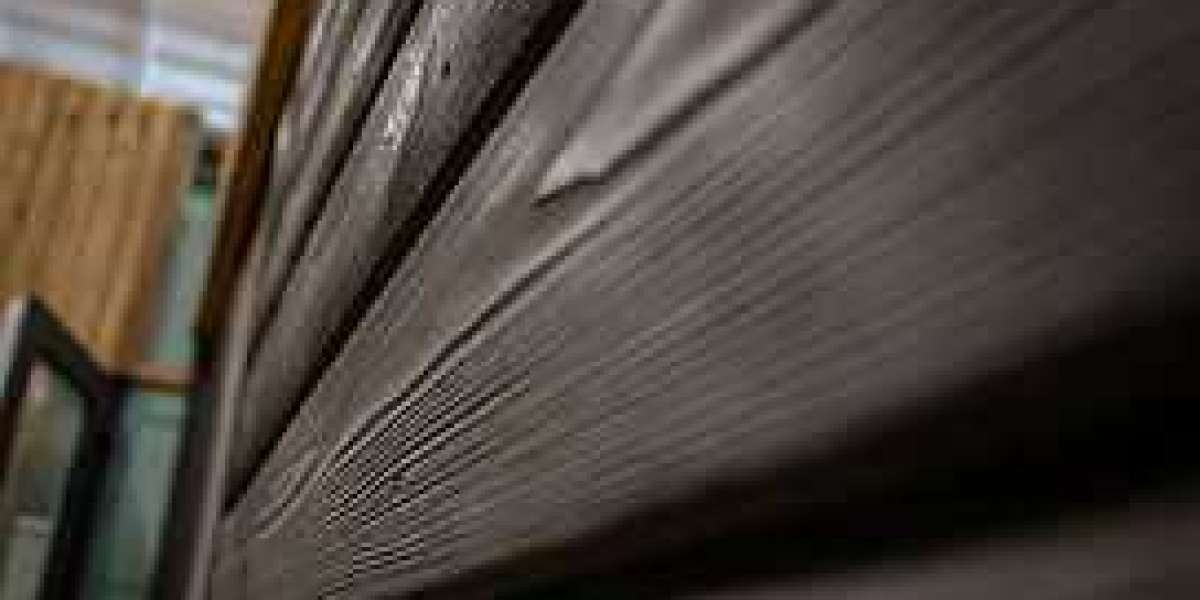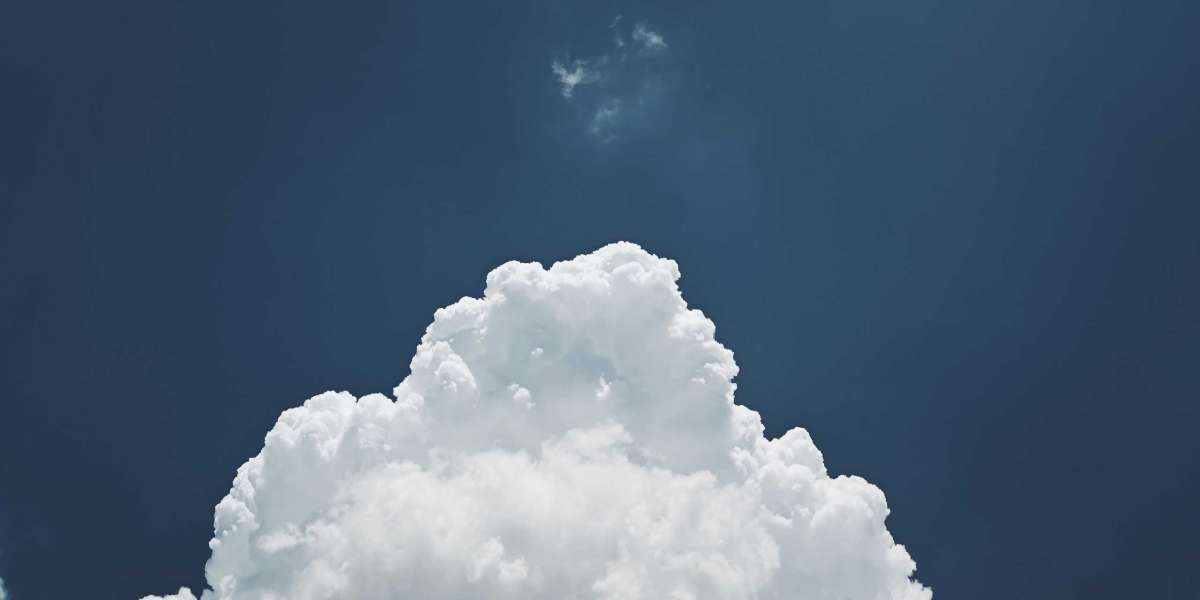Larch cladding is renowned for its durability, natural beauty, and ability to withstand the elements. However, in harsh climates where weather extremes such as heavy rain, snow, intense sun, or strong winds are common, additional measures are often necessary to ensure the longevity and performance of larch cladding. By properly weatherproofing your larch cladding, you can protect your investment and maintain its aesthetic appeal for years to come. In this blog, we’ll explore effective ways to weatherproof larch cladding for harsh climates.
Why Larch Cladding Needs Weatherproofing
While larch is a naturally durable and resilient wood, prolonged exposure to harsh weather can cause it to deteriorate faster than expected. Some common issues include:
- Moisture Penetration: Excessive rain and snow can lead to water absorption, which may cause warping, swelling, or rot over time.
- UV Damage: Prolonged exposure to sunlight can fade the wood’s natural color and degrade its surface.
- Temperature Fluctuations: Extreme changes in temperature can cause the wood to expand and contract, leading to cracking or splitting.
- Mold and Mildew Growth: In humid climates, untreated wood is prone to fungal growth, which can discolor the cladding and weaken its structure.
Proper weatherproofing mitigates these risks and ensures that your larch cladding remains both functional and visually appealing.
Step 1: Choose the Right Type of Larch
Not all larch wood is created equal. Siberian larch is often preferred for cladding due to its high density, natural resin content, and superior resistance to decay. Its tight grain structure makes it particularly well-suited for harsh climates. When selecting larch cladding, opt for high-quality boards that are free from knots, cracks, or other imperfections, as these can compromise its weather resistance.
Step 2: Apply a Protective Finish
Although larch is naturally durable, applying a protective finish enhances its resistance to the elements. Here’s how:
- Wood Preservatives: Use a high-quality wood preservative to protect against fungi, mold, and insects. Look for products that penetrate deeply into the wood and provide long-lasting protection.
- Water Repellent: A water-repellent treatment helps prevent moisture from seeping into the wood. This is especially important in areas with heavy rainfall or snow.
- UV Protection: To maintain the wood’s natural color and prevent sun damage, apply a finish with UV inhibitors. These are available in clear or tinted options, depending on your aesthetic preferences.
- Oil or Stain: Using a natural oil or wood stain can both enhance the wood’s appearance and protect it from the elements. Ensure the product is suitable for exterior use and designed for larch or similar hardwoods.
Reapply these treatments every few years, or as recommended by the manufacturer, to maintain optimal protection.
Step 3: Ensure Proper Installation
Weatherproofing starts with proper installation. Here are some key considerations:
- Use a Ventilated Cavity: Install larch cladding with a ventilated cavity behind it to allow air circulation and prevent moisture buildup. This minimizes the risk of rot and mold.
- Install a Weather-Resistant Barrier: Place a breathable weather-resistant barrier (such as a membrane) between the cladding and the building structure. This provides an additional layer of protection against water infiltration.
- Seal Gaps and Joints: Use high-quality sealants to fill any gaps, joints, or edges where water might penetrate. Pay special attention to corners, window frames, and door openings.
- Allow for Expansion and Contraction: Leave small gaps between boards to accommodate natural movement caused by temperature changes. This prevents cracking and warping.
Step 4: Regular Maintenance
Weatherproofing doesn’t end with installation. Regular maintenance is crucial for keeping your larch cladding in top condition. Here’s what to do:
- Clean Annually: Remove dirt, debris, and algae by washing the cladding with a mild detergent and water. Use a soft brush to avoid damaging the surface.
- Inspect for Damage: Check for cracks, splits, or signs of rot. Repair or replace damaged boards promptly to prevent further issues.
- Reapply Treatments: As mentioned earlier, reapply protective finishes periodically to maintain their effectiveness.
- Keep Surroundings Clear: Trim back vegetation and ensure good drainage around the cladding to reduce the risk of moisture accumulation.
Step 5: Consider Additional Measures for Extreme Climates
In particularly harsh environments, you may need to take extra precautions:
- Use Metal Flashing: Install metal flashing at vulnerable areas, such as rooflines and window sills, to direct water away from the cladding.
- Install Overhangs: Adding roof overhangs or eaves can shield the cladding from excessive rain and sunlight.
- Choose Treated Larch: In extreme conditions, consider using pre-treated larch cladding that has been pressure-treated or thermally modified for enhanced durability.
Benefits of Weatherproofing Larch Cladding
By taking the time to properly weatherproof your larch cladding, you can enjoy several benefits:
- Enhanced Durability: Protected cladding lasts longer and requires fewer repairs.
- Improved Aesthetics: Weatherproofing helps maintain the wood’s natural beauty and prevents discoloration.
- Cost Savings: Proper maintenance reduces the likelihood of expensive repairs or premature replacement.
- Peace of Mind: Knowing your cladding can withstand harsh conditions allows you to enjoy your home without worry.
Conclusion
Weatherproofing larch cladding is an essential step in ensuring its longevity and performance in harsh climates. By selecting high-quality larch, applying protective finishes, ensuring proper installation, and committing to regular maintenance, you can keep your cladding looking and performing its best for years to come. Whether you’re building a new structure or upgrading an existing one, investing in weatherproofing measures will pay off in the long run.








